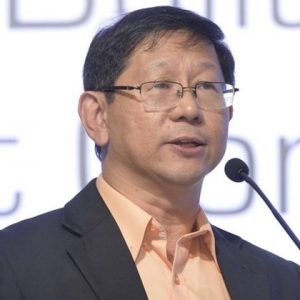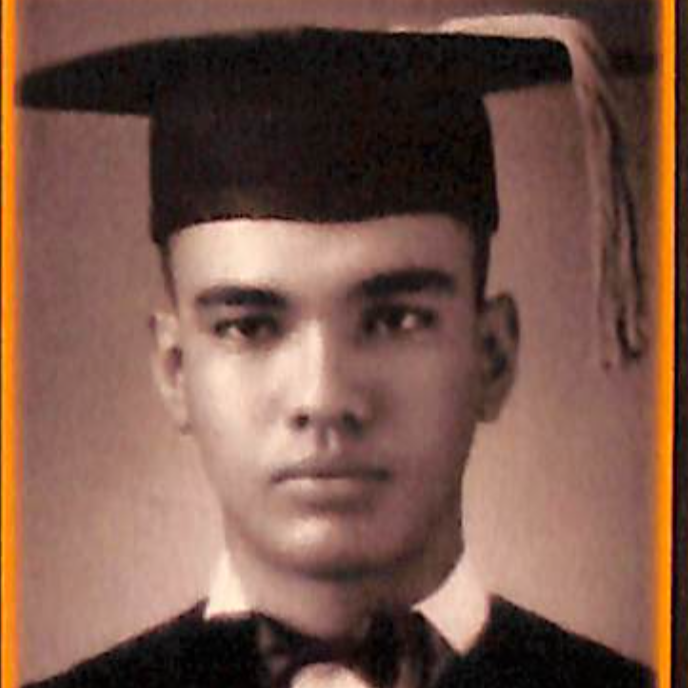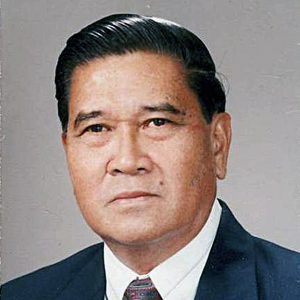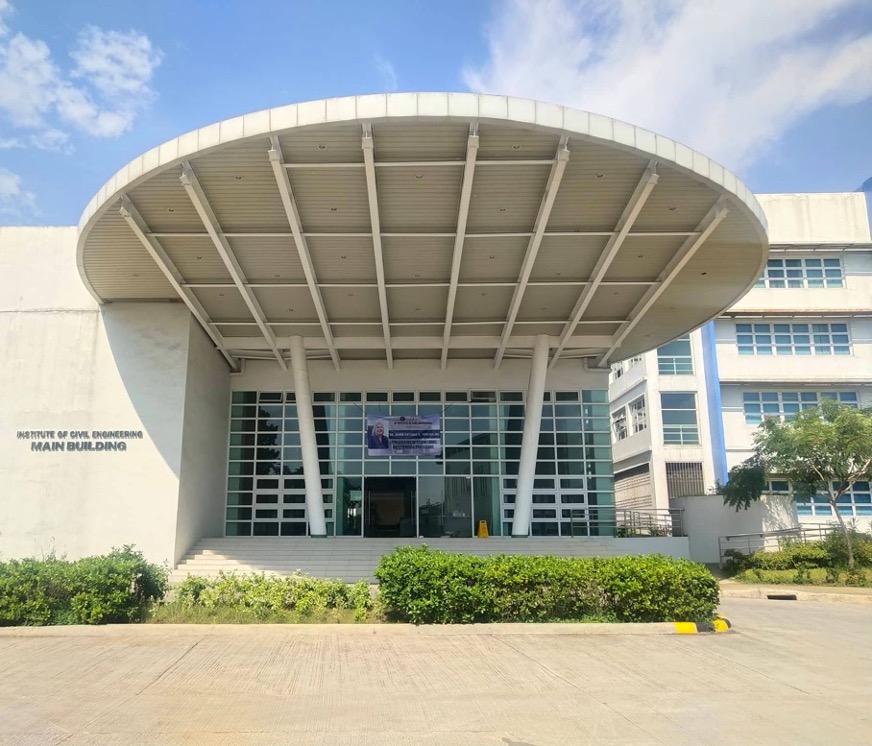
About the Institute
The Institute of Civil Engineering of the College of Engineering, University of the Philippines Diliman (UP ICE) is a premier institution for teaching, research, and extension service in civil engineering and its specialized fields. The Institute was established on October 24, 2008 upon the approval by the UP Board of Regents transforming the then Department of Civil Engineering (founded in 1910). It is the oldest and one of the largest academic units of the College.
As the first and only civil engineering academic institute in the country, UP ICE offers the following degree programs: B.S. Civil Engineering, M.S. Civil Engineering, and Ph.D. Civil Engineering with four fields of study (Geotechnical Engineering, Structural Engineering, Transportation Engineering, and Water Resources Engineering).
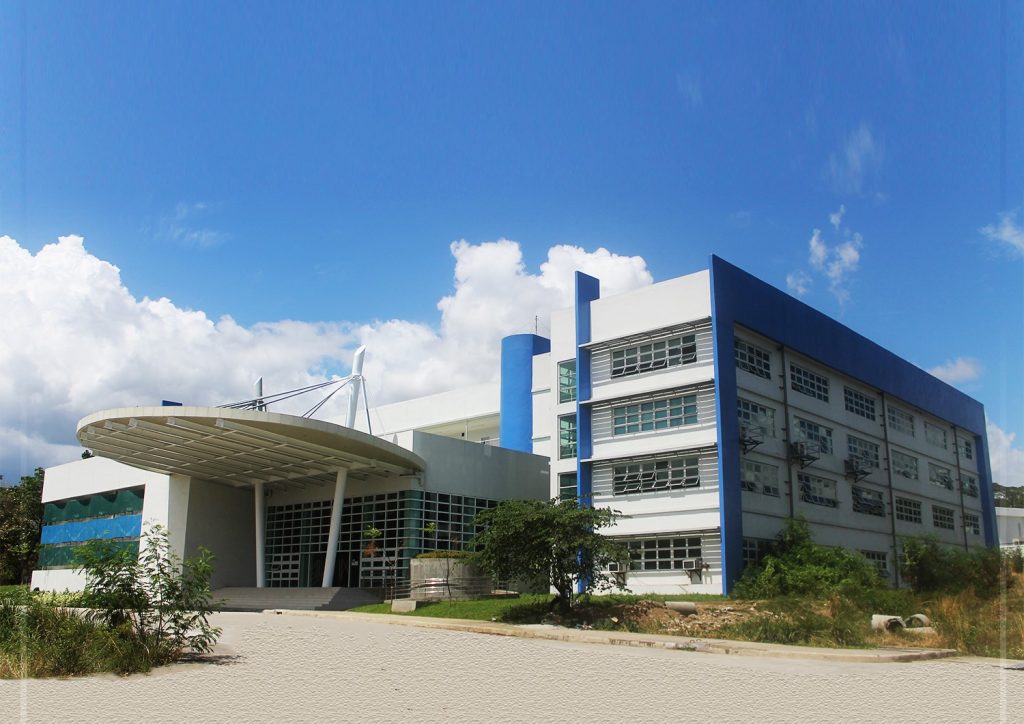
The Institute’s dedication to academic excellence and research is emphasized through its various academic groups focused on a particular branch of Civil Engineering. In particular, UP ICE is composed of six academic groups: Construction Engineering and Management (CEMG), Environmental and Energy Engineering Groups (EEEG), Geotechnical Engineering (GEG), Structural Engineering (SEG), Transportation Engineering (TEG), and Water Resources and Coastal Engineering (WRCEG).
The Institute is currently headed by Prof. Jose Regin F. Regidor, PhD.
Vision
The national institute of civil engineering, an internationally recognized institution in instruction, research and extension service, in civil engineering and its specialized fields.
Mission
To nurture a culture of integrity, relevance, and excellence in civil engineering, and to synergize with interrelated institutions.

Logo
After the institutionalization of UP ICE, the official logo was designed and introduced in 2009. The logo highlights three colors: blue as the traditional symbolic color for infrastructure, green representing our natural and built environment which is a common aspect in all fields of CE, and white to represent honor and integrity that every engineer should have. The shape of the logo is in curves, as opposed to rigid lines, to represent flexibility. Coincidentally, the logo alludes to letters I, C, and E.









